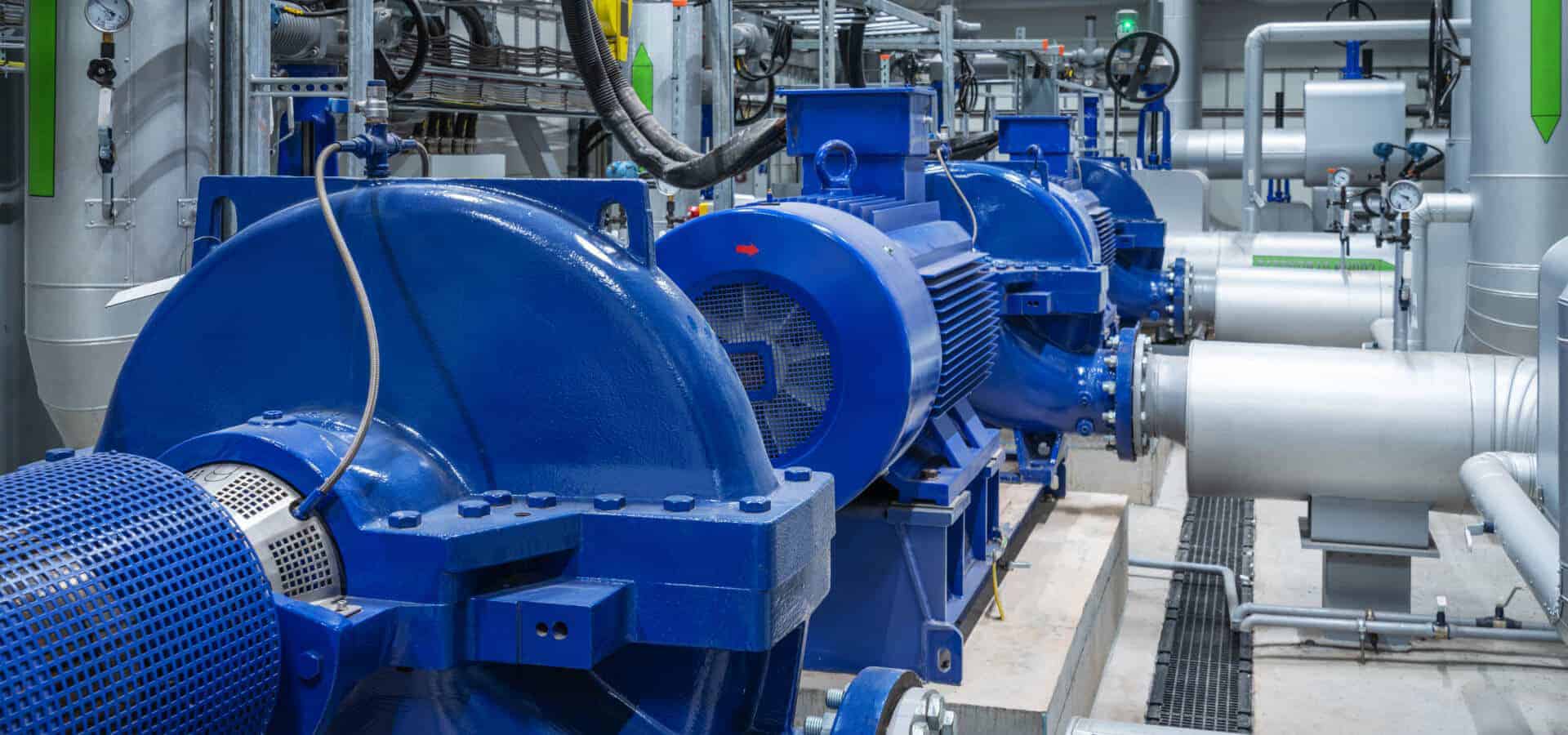Uptime and availability are two essential performance indicators in industrial and manufacturing operations. They play a direct role in shaping productivity and ensuring consistent output. By understanding these metrics and applying effective strategies to improve them, businesses can boost performance and reduce unplanned disruptions.
Machine uptime refers to the proportion of time that equipment is actively functioning as it should. It highlights how consistently a machine performs without failure and is a key measure of equipment reliability. A high uptime percentage signals fewer interruptions, smoother workflows, and more reliable production schedules. To achieve strong uptime, organizations need a mix of solid maintenance practices, experienced operators, and high-performing machinery.
Availability captures a broader view. It measures how often equipment is ready and able to operate, even if it is not actively running at that moment. This means a machine can be idle but still considered available, as long as it is prepared to resume operation when needed. High availability ensures that equipment is always ready to respond when demand increases, keeping production on track.
When both uptime and availability are prioritized, the benefits are far-reaching. Machines that stay operational reduce repair costs and limit production downtime. Maintenance becomes easier to schedule, product delivery becomes more dependable, and customer expectations are more easily met. These advantages not only improve operational efficiency but also support overall business growth.
Multiple factors contribute to strong uptime and availability. Preventive maintenance is one of the most reliable tools for avoiding sudden breakdowns. By scheduling regular service checks, replacing parts proactively, and monitoring performance over time, businesses can minimize the risk of failures. Skilled technicians and operators also play a vital role, as they are often the first to recognize when something isn’t working as expected.
The quality and durability of equipment also make a difference. Investing in machines that are built for performance and longevity often results in fewer technical issues and better long-term value. Many modern machines also include features that simplify diagnostics, making it easier to identify problems and track maintenance needs.
The operating environment should not be overlooked. Temperature, humidity, dust, and other external conditions can all impact equipment performance. Maintaining a clean and controlled environment can extend the lifespan of machinery and contribute to more consistent results.
To measure equipment performance, organizations often rely on metrics such as Mean Time Between Failures (MTBF) and Mean Time to Repair (MTTR). MTBF gives insight into how frequently failures occur, while MTTR focuses on how quickly repairs are completed. Together, these metrics help teams evaluate equipment reliability and maintenance efficiency.
Beyond preventive efforts, predictive maintenance adds another layer of protection. By using sensors and analytics to monitor real-time performance data, companies can detect potential issues before they cause actual downtime. This proactive approach allows for targeted intervention and helps avoid unnecessary disruptions.
In summary, improving machine uptime and availability leads to stronger performance across the board. With the right balance of maintenance planning, skilled labor, reliable equipment, and environmental control, organizations can achieve higher productivity, reduce costs, and ensure that operations run as smoothly as possible. For more on this, check out the accompany resource from Advanced Technology Services, a provider of vibration analysis services.




































